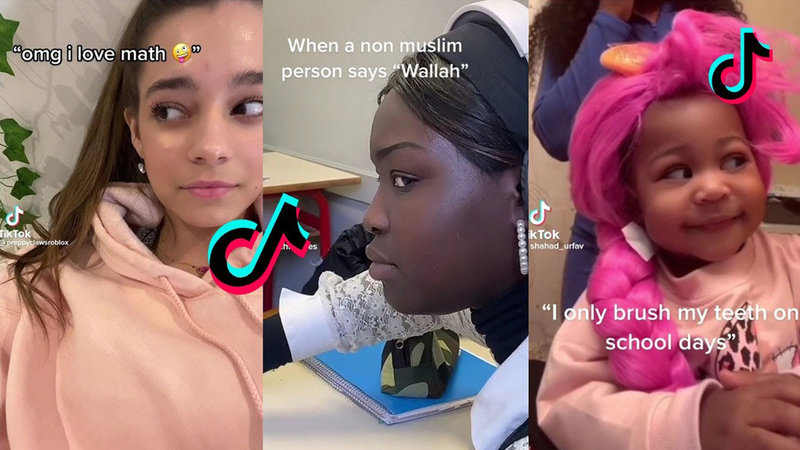In the vast landscape of internet memes, few have achieved the level of widespread recognition and relatability as the “side eye meme.” This particular meme encapsulates a moment of disapproval, annoyance, or skepticism captured in a photograph or a GIF. Its universal appeal lies in its ability to convey subtle yet potent emotions. In this blog post, we will explore the fascinating world of the side eye meme, its origins, its impact on popular culture, and the reasons behind its enduring popularity.
The Origins of the Side Eye Meme:
The side eye meme traces its roots back to the early days of internet culture. It emerged as a visual representation of the sideways glance—an expression that speaks volumes without uttering a single word. Its earliest iterations were found in various online forums, imageboards, and social media platforms. Initially, the meme primarily featured celebrities caught in candid moments, but it quickly expanded to encompass a wider array of subjects.
The Power of Nonverbal Communication:
The side eye meme stands out for its unique ability to convey complex emotions through a single glance. Nonverbal cues play a crucial role in human communication, often providing context and depth to our interactions. The side eye captures a range of emotions, from subtle disapproval to intense skepticism. It has become a powerful tool for online users to express their own opinions and react to situations in a relatable and humorous manner.
Pop Culture Impact:
The side eye meme has permeated popular culture, making appearances in television shows, movies, and even traditional media outlets. Its influence extends beyond the digital realm, with celebrities and public figures often caught on camera sporting the iconic sideways glance. The meme has transcended language barriers, making it a truly global phenomenon. Its impact on popular culture reflects society’s evolving modes of communication and the ever-increasing importance of visual expressions in the digital age.
Evolution and Variations:
Over time, the side eye meme has evolved and diversified, spawning countless variations and adaptations. Internet users have creatively reimagined the original concept, incorporating it into various contexts and subcultures. From animal side eye memes to political commentary, the versatility of this meme knows no bounds. Its adaptability has allowed it to remain relevant and resonate with different audiences, ensuring its enduring popularity.
Memes as Social Commentary:
Memes, including the side eye meme, often serve as a form of social commentary. Through humor and satire, they offer a means for individuals to critique societal norms, behaviors, and events. The side eye meme, in particular, is an effective vehicle for expressing dissatisfaction, skepticism, or irony in response to various cultural phenomena. It provides a shared language for online communities to engage in discourse, foster connections, and collectively react to the world around them.
The Side Eye Meme’s Influence on Communication:
The side eye meme has had a profound impact on the way we communicate in the digital age. It has become a shorthand for expressing disapproval or disbelief, transcending the limitations of written language. This visual language allows individuals to quickly convey nuanced emotions, contributing to the richness and diversity of online conversations. The meme’s widespread usage has facilitated the creation of a global online culture, where people from different backgrounds can connect and understand each other through shared references.
Conclusion:
The side eye meme stands as a testament to the power of visual expression and its ability to transcend linguistic barriers. Its origins in online culture have propelled it to the forefront of popular consciousness, where it continues to captivate and resonate with a diverse range of individuals. As memes continue to evolve and adapt, the side eye meme remains an enduring symbol of expressive disapproval, showcasing the ever-evolving landscape of internet culture and its impact on our daily lives.

